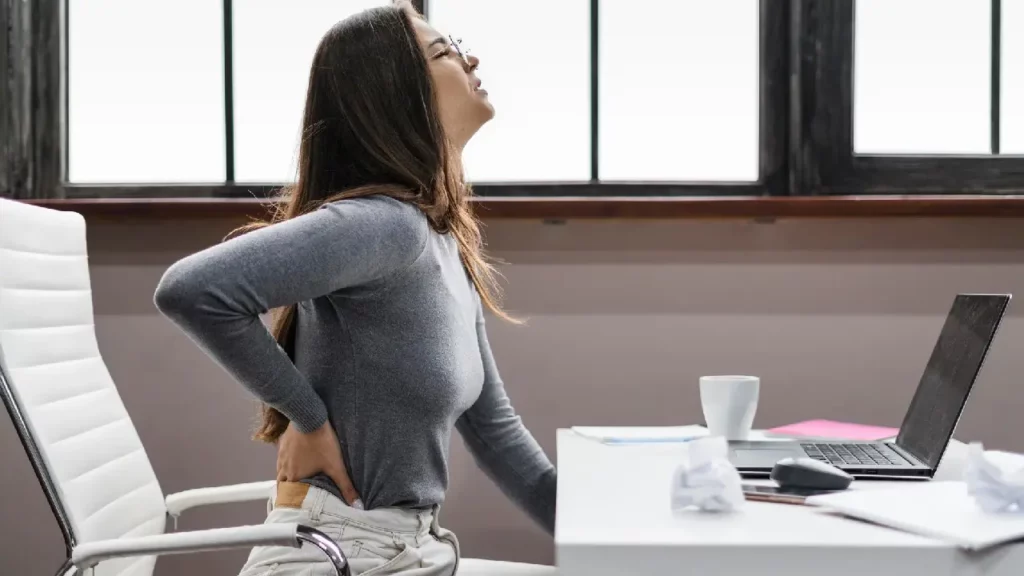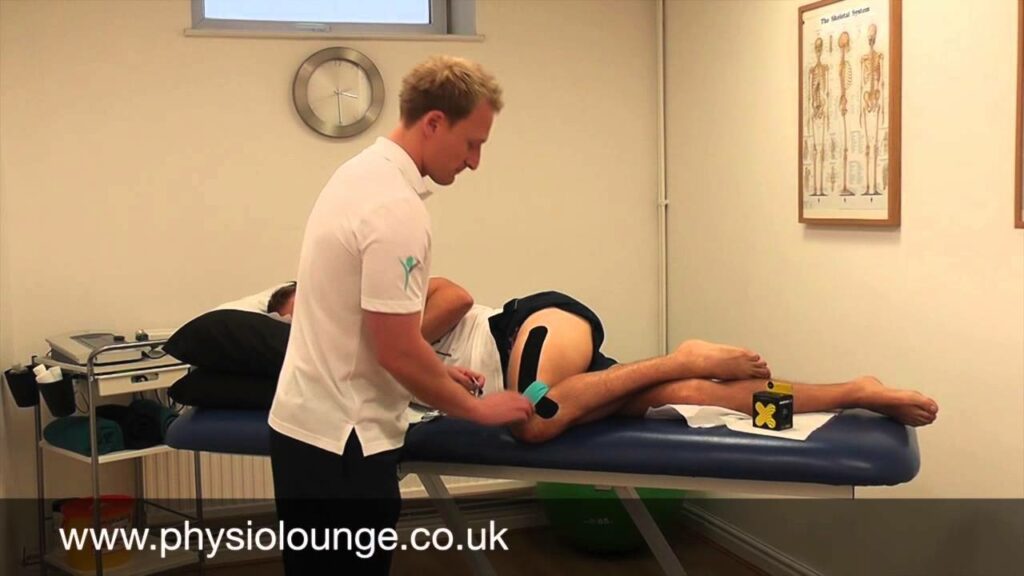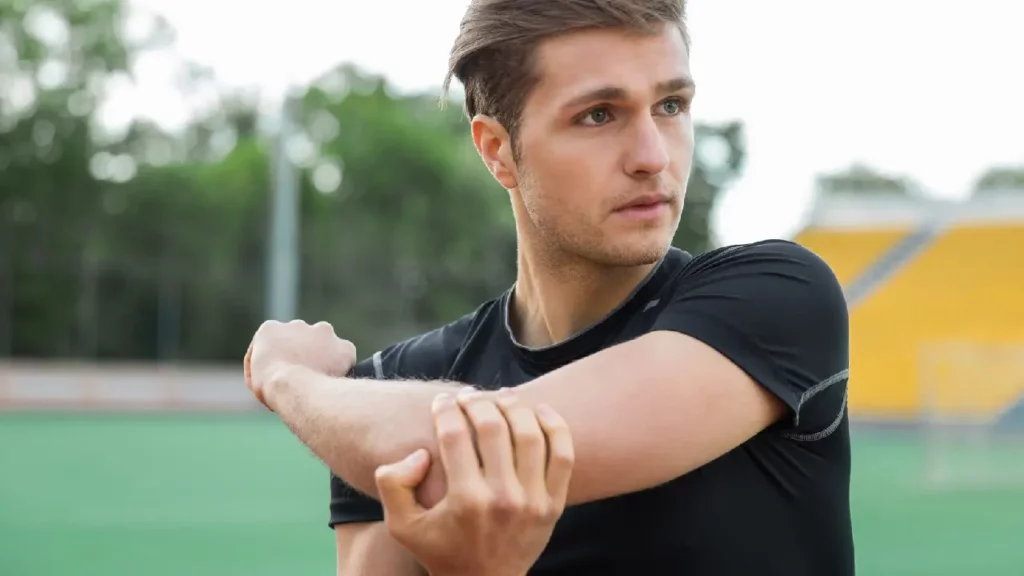Lets talk about ligaments. Incredible structures, vital for joint function. If it wasn’t for ligaments we’d all be walking around like Mr Soft…
‘What’s a ligament?’ I hear you cry.
‘What’s the difference between a ligament and a tendon?’ you ask.
‘What do I do if I injure a ligament’
Well if you stop asking all these questions and let me reply we’ll hopefully enlighten you. Firstly there is a huge difference between ligaments and tendons. A tendon is the tissue that connects the muscle to the bone. A ligament however stabilises a joint by connecting bone to bone.
Every joint in the body has a soft tissue capsule that surrounds it. These capsules of connective tissue serve various purposes. At certain points in the capsule there are thickened segments that form ligaments. They span the joint and attach onto the bone at both ends. It was always believed that ligaments were passive structures but recent research suggests otherwise, describing a much more complex anatomy and function.
Ligaments are mainly composed of collagen and though thick and tough there is a certain degree of stretch and mobility. However, if a ligament is overstretched or overloaded it can tear and become inflamed resulting in injury.
Take this chap for example, knees just aren’t meant to do that. It’s definitely going to smart tomorrow morning!
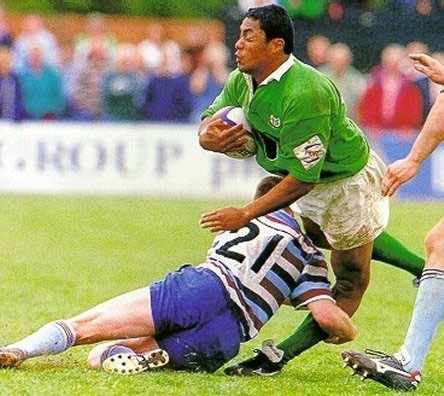
When a ligament is injured there will be differing degrees of damage depending on the load, force and trauma involved in the injury. When clinically diagnosed there are three grades of ligament injury:

Grade I – this type of injury is the most minor. It involves the over stretch of some fibres but on stressing the ligament in clinical testing there is no laxity demonstrated, i.e the joint remains fully intact.
Grade II – this type of injury involves a significant number of fibres. Therefore, when clinically testing there is a degree of excess laxity but this is limited, i.e. there is some ‘gapping’ of the joint but this is restricted by the fibres that are left intact.
Grade III – this type of injury involves a complete tear of the ligament and when tested demonstrates excessive laxity with no firm end point. Whilst this is the most severe injury in terms of damage, it can be the least painful as the sensory nerve fibres can be completely separated.
Management
The degree of damage to a ligament dictates how it will be managed. That’s why it is important to get the injury assessed early on in order to maximize recovery and avoid any complications.
– Grade I & II Management
The initial management aims to reduce swelling and bleeding and promote healing through mobilisation, electrotherapy, taping, soft tissue work. A lot of people would recommend RICE but you know what we think about that. Graded rehab exercises for home and the gym are vital as is a graded sport specific rehab program if you are returning to your chosen sport.
All too often people go straight back into their sport as soon as the injury is feeling better. No pain means get stuck in, right?
WRONG!
This reduction in discomfort may not necessarily indicate the ligament has healed enough to endure the stresses placed upon it during sporting activity and re-injury can occur. Better to spend another two weeks rehab-ing properly than spend another 4-6 weeks because of re-injury.
– Grade III Management
These complete ruptures can be managed either surgically or conservatively (i.e. relative rest, bracing, physiotherapy). The location of the ligament can dictate its management depending on the available blood flow, relative stresses on the ligament etc. For example, around the knee it is possible to conservatively manage a Grade III tear of the medial collateral ligament (MCL) by limiting the range of movement with a brace to promote appropriate tissue healing. Although, a Grade III tear of the anterior cruciate ligament (ACL) will usually be managed with surgical intervention because of it’s significant role in stabilising the knee.
However, surgery is only part of the answer. It is crucial to follow a guided post-op rehab program in order to maximise healing, ensure appropriate strength, mobility and joint control is achieved whilst not putting the repaired ligament at risk.
So remember, if in doubt get the injury assessed, and if you look in the mirror and see this…
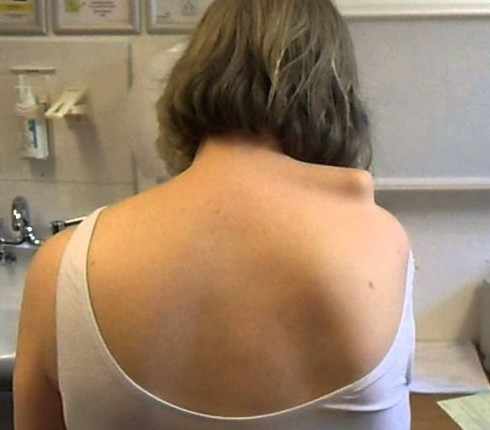
…you should probably get to a clinic quickly! Until next time, crack on!
